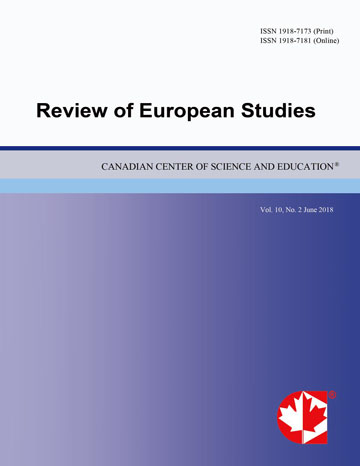Morphology of the Wind Catchers in the Laft Port
- Somayeh Noorinejad
- Marzyeh Bagheryannejad
- Fatemeh Noorinejad
Abstract
Discussing morphology in one of the traditional architectural element of Iran without analyzing its elements and recognizing its components, forms and colors would be an incomplete matter. The geometry of this architecture is the result of its fundamental components and elements not being formed in the designer’s mind all of a sudden in a constructive and unified process; rather it is the result of a gradual practical and constructive method. Its components including physical and geometrical features exert significant effect on the end result of the overall volume. The formation process in nature is often carried out by the help of a structure or some structures. Like nature, formation of volumes in Iran’s traditional architecture follows the same rules. The morphologies of the traditional architecture as well as the modern architecture are fundamentally different with each other from this perspective. This means that the former is accomplished through motion of basic, constructive and standardized elements in space while the latter is realized through a mental and abstract process. Nevertheless, recognizing the physical texture of traditional architecture has a considerable effect on its morphology. Physical, chemical, and geometrical bonds maintain the natural forms in the nature and organized them, but traditional architecture follows those natural rules which are mostly in physical and geometrical bonds because its constructional materials are mainly natural elements and less synthetic. A traditional architect is in search for the harmony rules of the standardized constructional components (masonry materials) so that he can find out a relatively stable equilibrium against the applied forces. These rules have become available for architects through experience and observance of the nature and also the introductory geometrical analyses and eventually, his attempt to counter the force of gravity is reflected in the general form of the work. This attempt in the form of the used shapes is perceivable by the viewer of this architectural work and based on this perception, an aesthetical relation is created between the observer and the work. Wind Catcher has been among the historical elements of Iranian traditional architecture in the hot and dry as well as hot and humid regions of this country which consist of a tower higher than elsewhere in houses and being located on the roofs and water storages to fulfill the role of controlling wind flow and conducting it into the inner space of the houses. Existence of various decorative forms and natural colors used in the facades of the wind catchers, the necessity to approach and analyze them, also maintenance and usage of these elements as well as making them known to the researchers at the present time led to the formation of this study being conducted through a field research by attending the context, having interviews with the locals and analyzing and drawing 50 samples of the present wind catchers to meet the main purpose of the study more accurately which was “analyzing the function and recognizing the motifs and colors” used in the wind catchers. Studies on recognition of the motifs and colors used in the wind catchers of the Sothern Iran (Laft) have not been done so far and only a book entitled “Architecture of Laft Port” published by “Tehran University” Publications in 2001 is available. Some general studies have also been conducted sporadically by Iranian and Arab researchers. Therefore, having conducted this study toward completing the studies about this port, in the first part entitled “An Overview on Wind Catcher and its Function”, we have dealt with location of wind catcher in the house plans. In the second part, i.e., “Morphology of the Wind Catchers”, their constructional elements and components and also classification of their motifs-that are divided in two natural and geometrical groups were analyzed. Finally, the results indicated that since this Port is located adjacent to the Persian Gulf and surrounded by nature, most of the adornments used in the wind catchers are abstractly inspired from nature and sea and their colors are made of vernacular materials.
- Full Text:
 PDF
PDF
- DOI:10.5539/res.v8n3p244
Index
- ACNP
- CNKI Scholar
- DTU Library
- Elektronische Zeitschriftenbibliothek (EZB)
- EuroPub Database
- Excellence in Research for Australia (ERA)
- Genamics JournalSeek
- Google Scholar
- Harvard Library
- HeinOnline
- Infotrieve
- JournalTOCs
- Mir@bel
- Open policy finder
- RePEc
- ResearchGate
- ROAD
- Scilit
- Technische Informationsbibliothek (TIB)
- The Keepers Registry
- Universe Digital Library
- WorldCat
Contact
- Paige DouEditorial Assistant
- res@ccsenet.org
